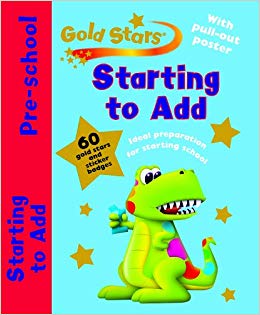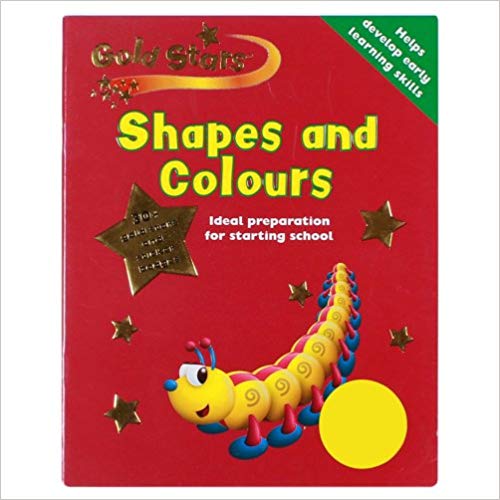Old-School-Learning: B&G's Math For Beginners
Angela M Foster, Middlesex A. Bailey, George B. Germann
Paperback
(CreateSpace Independent Publishing Platform, Feb. 22, 2016)
The “Old-School-Learning” series is bringing back old school way of learning. Each book is a facsimile or reproduction of a school textbook or instructional book from a time period when education was simple and highly effective. Preface (from the original book): This primer renders available for the use of pupils beginning the study of number a series of exercises that deal primarily with the fundamental combinations in addition and subtraction and their application. In form and substance these exercises are simple, progressive, and within the reading experience of pupils. The exercises are the outgrowth of three years' classroom experimentation in the selection and arrangement of number material adapted to the needs and understanding of first and second year pupils. The text has been so designed that it may be placed in the pupils' hands as soon as they have acquired the simple vocabulary of the first exercise, during the second week in school. The use of this book necessitates the same guidance as is given with the use of a supplementary primer or first reader. The text supplements the teacher's oral development, includes the essential drill exercises in compact form, and offers the pupils opportunity to visualize number relations. The following are the special features of this book: the adaptation of number exercises, both as to substance and as to mode of expression, to the understanding of pupils at the very beginning of number work; the selection of graphic illustrations that elucidate the purpose of the exercises illustrated; the development of the fundamental addition and subtraction combinations from concrete representations, abundant drill on these combinations in abstract form, and their application to easy concrete oral problems; the orderly development of exercises dealing with the increasing and decreasing of numbers of two orders by numbers of one order, as a preparation for column addition and for subtraction; and finally, a logical arrangement of the exercises, which answers the requirements of a good teaching sequence.
 J
J



 J
J







